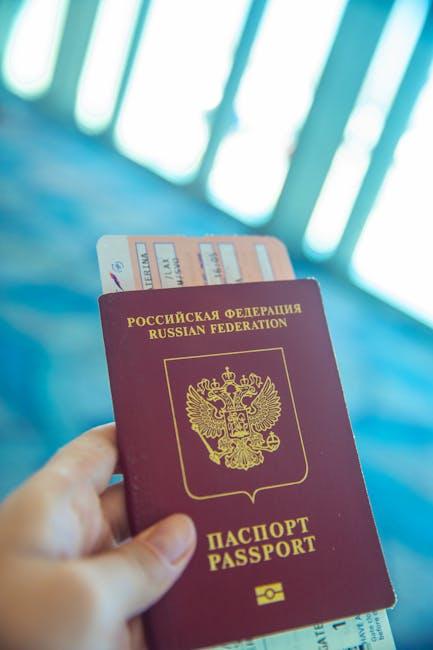In the digital age, where swipes and clicks have become the modern-day Cupid’s arrow, dating apps have revolutionized how we seek love and connection. Yet, lurking in the shadows of this virtual romance is the age-old problem of deception, now dressed in pixels and profiles: catfishing. As stories of digital impersonation abound, a pressing question emerges—should dating apps implement stricter identity verification to safeguard hearts and hopes? This article delves into the complexities of this modern dilemma, exploring the delicate balance between security and privacy, and questioning whether love in the digital realm needs a more vigilant gatekeeper.
Unmasking the Digital Deception: The Case for Stricter Verification
In an age where our lives are increasingly intertwined with technology, the digital realm has become both a playground and a battleground. The anonymity offered by dating apps can foster exciting connections but also opens the door to the unsettling world of catfishing. Stricter identity verification could be the key to safeguarding genuine interactions and fostering trust. By implementing robust verification measures, apps can create a safer environment where users are confident that the person they are engaging with is indeed who they claim to be.
Potential methods for enhancing verification include:
- Biometric Authentication: Utilizing fingerprint or facial recognition to confirm identity.
- ID Document Checks: Requiring a government-issued ID for profile verification.
- Video Verification: A short, real-time video introduction to ensure authenticity.
These steps not only protect users from deception but also encourage a culture of transparency and honesty, crucial elements for meaningful connections in the digital age.

Balancing Privacy and Safety: Navigating Identity Checks
In the realm of online dating, the challenge lies in ensuring user safety without compromising personal privacy. Stricter identity verification could serve as a shield against catfishing, offering peace of mind and enhancing trust. However, the implementation of such measures must be carefully calibrated to respect individual privacy rights. The delicate balance involves:
- Transparency: Clearly communicating the data collected and its purpose can alleviate concerns, ensuring users feel informed and secure.
- Choice: Offering options for varying levels of verification can empower users to decide how much information they are comfortable sharing.
- Security: Employing robust encryption and data protection strategies to safeguard personal information against unauthorized access.
Ultimately, fostering a safe dating environment requires thoughtful integration of identity checks, ensuring they are both effective and respectful of user privacy.

Technological Solutions: Tools to Combat Catfishing
In the quest to safeguard online daters, innovative tools are emerging to tackle the challenge of catfishing. Biometric verification stands at the forefront, utilizing facial recognition and fingerprint scans to ensure that users are who they claim to be. This technology, already common in financial sectors, is being adapted for dating platforms to enhance user security.
Another promising solution is the implementation of AI-driven behavior analysis. By monitoring communication patterns and detecting inconsistencies, AI can flag potential catfish profiles for further review. Additionally, dating apps are exploring the use of blockchain technology to create decentralized identity verification systems. This approach offers a transparent and tamper-proof method to confirm user identities.
- Biometric Verification: Facial recognition, fingerprint scans.
- AI-driven Behavior Analysis: Monitors communication patterns.
- Blockchain Technology: Decentralized and tamper-proof verification.

Crafting a Safer Space: Recommendations for Dating Platforms
To foster a more secure environment for users, dating platforms could consider implementing enhanced identity verification measures. This could include a combination of both technological and human-driven processes to effectively mitigate the risk of catfishing. Here are some recommendations:
- Multi-Factor Authentication: Encourage users to verify their identity through multiple channels, such as email, phone number, and social media accounts.
- AI-Powered Image Verification: Utilize artificial intelligence to cross-check user-uploaded photos with existing online images to detect potential misuse or stolen identities.
- Optional Video Verification: Offer users the option to verify their identity through a brief video, adding an extra layer of authenticity to their profiles.
- User Feedback System: Implement a community-driven reporting feature where users can flag suspicious profiles, allowing moderators to swiftly address potential threats.
Balancing user privacy with security is crucial. By adopting these strategies, dating apps can create a safer, more trustworthy space for genuine connections.




